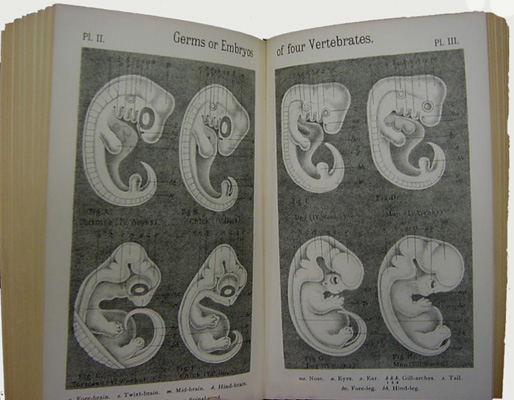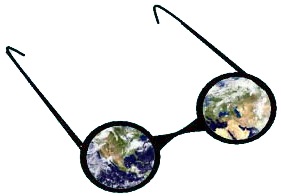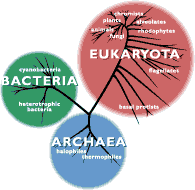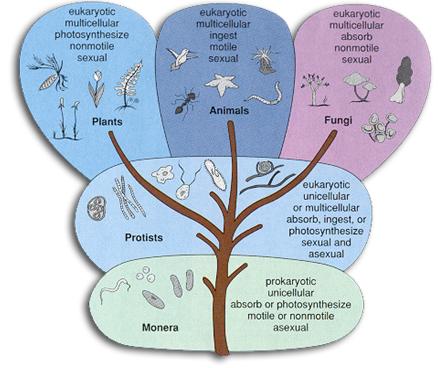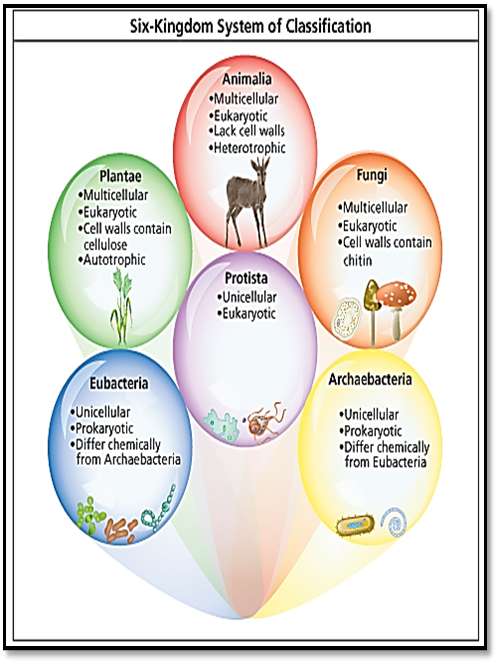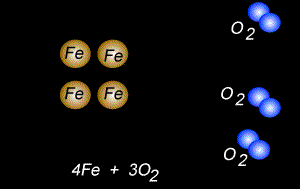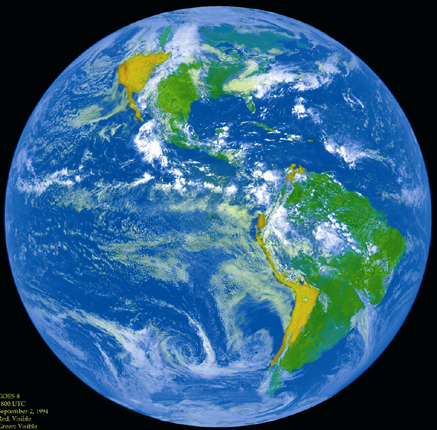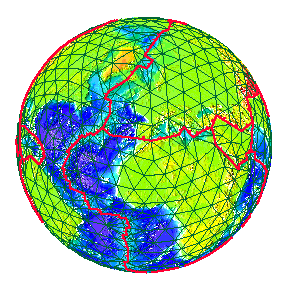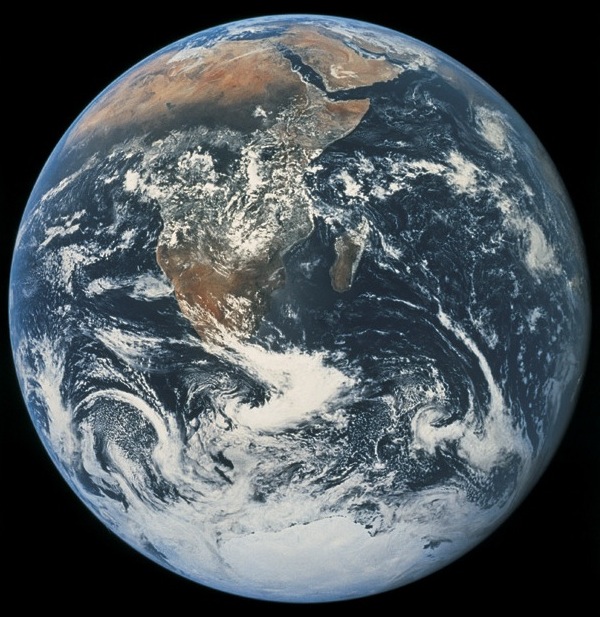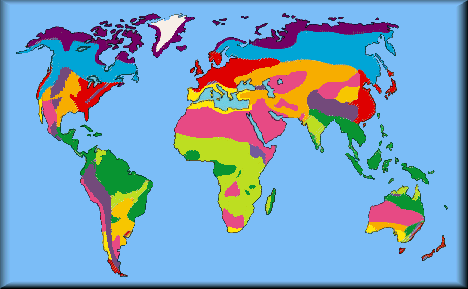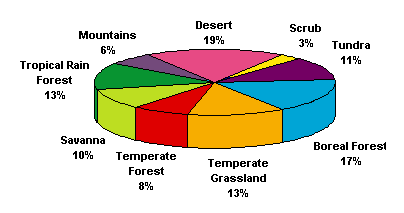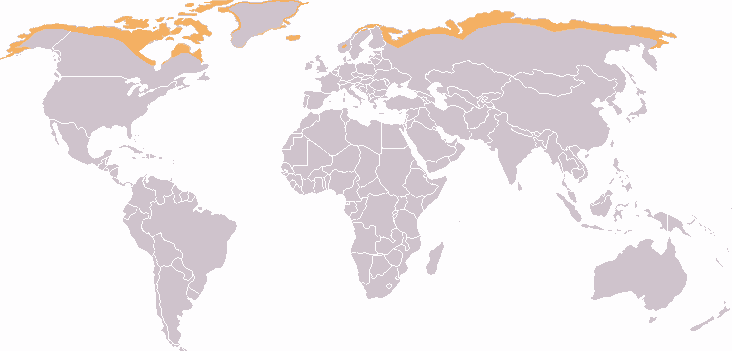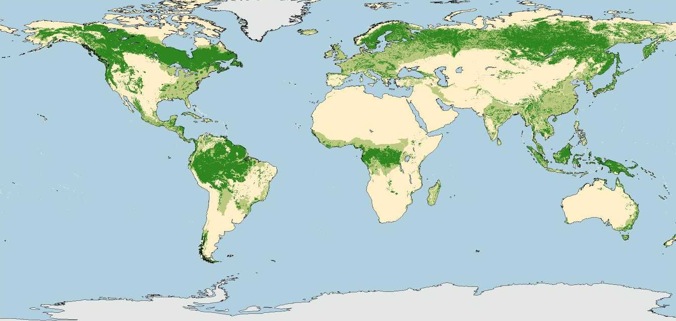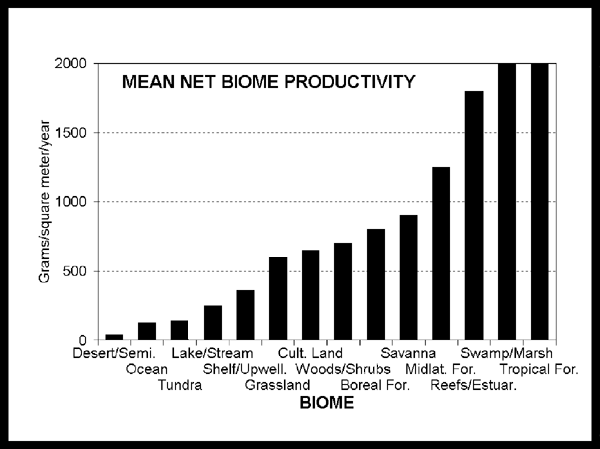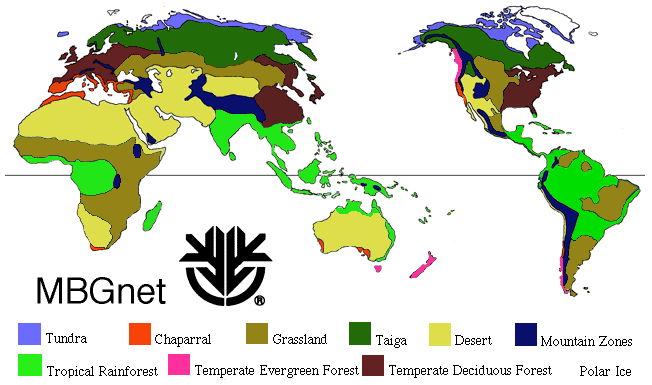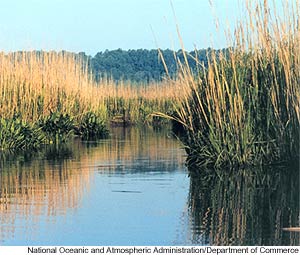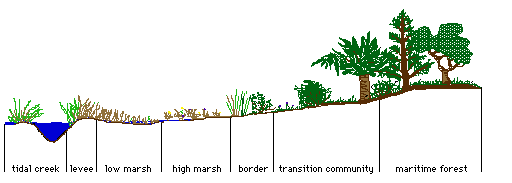 Cosmos
Cosmos
Biophysical reality: the living world is far more complicated than we are able to think. The influences of Charles Darwin's revolutionary findings so intrigued the German biologist and artist Ernst Haeckel that he spent a lifetime illustrating the diverse creatures he found in the Mediterranean. Among his many expressive renderings are the details of the embryos that he drew in a comparative array shown here such that the likeness among different animals become more evident to observers. He published Art Forms of Nature in 1899.
genes | gender | types | light | biophysical | Earth's biomes | bioecology | biocenose | maps
Evolutionary changes and ecological dynamics are two different lenses by which to build a more coherent view of the origins and operating potential of life's functional role on Earth. The two lenses create effective depth-perception like a set of bifocal spectacles –that by analogy– allow for enhanced observation of depth at a distance and details at closer, or proximate range. Edward O. Wilson has suggested this metaphor and has taken a keen interest in promoting the need to better comprehend a rapidly altered biophysical reality due in part to revealing discoveries of the last century.
Imagine if we had more than two lenses by which to view the world in a larger than stereoscopic manner.
Two examples of this necessary stereoscopic vision are genetic and ecological lenses which together create an actually more accurate global perspective.
"Nothing in biology ever seems to work perfectly, and this is especially true for X chromosomes."
X in Sex, Bainbridge, p. 161.
Some guiding principles with respect to genetics and living creatures:
- Everything you ever thought is wrong.
- Anything you can imagine, nature has probably already tried.
- Life, living beings, are more complex than we can think.
- What you see from a genetic perspective is only half of what you get.
- Gender is more than a matter of two opposite sexes
- The matter is not nature versus nurture
- It is more like how nature, nurtures (through genes and proteins) these natural adaptations (behavior) to changing conditions (environs).
Factors |
male | female | |
Chromosomes |
xy |
xx |
|
Genes |
SRY |
X suppression |
|
Hormones |
Testosterone |
Estrogen |
|
Behavior |
assertive |
unassertive |
|
| Culture | gods |
goddesses |
Gender is the least understood and most difficult of biological subjects to consider, partially because what generally appears to be the case, is not in every situation that same set of factors acting to create apparently similar outcomes. For example some cultures trace the lineage of their children through the mother's line and are called matrilineal, and others trace the descent of children through the father's line and are called patrilineal. But, according to David Bainbridge, biology has far more in store for us than we could ever imagine.
genes | gender | types | light | biophysical | Earth's biomes | bioecology | biocenose | maps
Biological order is a messy matter, suffice to say it differs substantially from physical order of the macrocosm.
In genetics any conversation involving genes brings us face to face with distinguishing the actual condition from the appearances. This is difficult, to say the least because the appearances in genetics are called phenotypes and the underlying chemistry of the chromosomes are called "genotypes."
The subject of how biological organization meshes with, but differs from physical and chemical science, is of keen interest to Murray Gell-Mann.
Proteins are some of the inheritable phenotypes (appearances in genetics) that allow bacteria and plants to utilize certain band-widths of the visible spectrum to obtain energy, to photosynthesize. By chemosynthesis or photosynthesis plants and bacteria manufacture the sugars and starches that cells need to function well.
Plants have proteins that absorb light at two frequencies in the red and blue ends of the spectrum above that triggers photophosphorylation, a key step in photosynthesis. Photosynthesis is the process by which plants and some bacteria use water, carbon dioxide, some trace nutrients and light to make sugar (glucose) and oxygen. This process is the basis for most oxygen breathing creatures on Earth. Most of that transformation takes place in the upper levels of the oceans by phytoplankton, but terrestrial vegetation also plays an important role in providing sufficient oxygen for life and combustion to occur.
genes | gender | types | light | biophysical | Earth's biomes | bioecology | biocenose | maps
Bios is from the Greek root (radis, for radical) meaning a life or a life cycle, hence the words biography as opposed to biology, or the study of living things.
Taxonomy is a study of classification. Three different forms. Whittaker's five kingdoms of different life forms. The current 6 kingdoms of living creatures The three, the five, and the six kingdom classification systems or taxonomy of all life on Earth.
Because biologists may not agree in dividing the world into plants and animals, does that make them wrong, less credible, or just uncertain?
Physical is from the Greek root word – physis – for the material conditions of existence. Physiological, physiography, and physical all convey the ideas of form and function of the objects and things we see, feel, touch, smell, taste, measure or otherwise observe around us.
A body in motion will remain in motion . . .
Fire is one form of rapid oxidation.
The Earth
From a planetary perspective, life zones – places where climate, rainfall, and temperature patterns dictate the sort of vegetation, fungal, bacterial and animal mix of life – are grouped into larger associations called biomes.
Biomes are based in part on vegetative associations such as grasslands, forests, woodland-savanna, tundra, or alpine conditions, first described by Alexander Von Humboldt in the Andes and later C. Hart Merriam in the North American desert southwest's San Francisco Mountain. Biomes are also based on climate conditions that sustain a limited range of adaptive vegetational types.
Biomes of the Earth.
The Earth's biomes are land areas that extend in wide parallel belts except where mountain ranges or oceans interfere with the generalized east to west pattern of dispersal. Mountain ranges have a decided impact on the movement of plants and animals emerging as effective barriers to the movement of air currents, rainfall patterns, and genetically compatible breeding populations.
If the area of the land occupied by the earth's nine major biomes is depicted as a pie chart the planet's dry land --approximately 30 percent of the globe-- looks like this:
These biomes indicate how the physical conditions of the planet's oceans and landforms intercept solar and geothermal radiation transforming the available energy into living communities.
Arctic tundra and three types of forested communities are shown on these biome maps.
genes | gender | types | light | biophysical | Earth's biomes | bioecology | biocenose | maps
Some vegetation types and associated bacteria are able to convert solar energy into food than are neighboring or distant biomes.
Biome is a noun, used in Ecology since the 1900s to designate a large naturally occurring community of flora and fauna occupying a major habitat, e.g., forest or tundra, desert or grassland.
Missouri Botanical Gardens has a map of the Earth's biomes. The classification for all of India as tropical rainforest, is however, inaccurate because there is a seasonal quality to the rainfall making large parts of the country a semi-arid and tropical savanna, or forested grassland biome.
genes | gender | types | light | biophysical | Earth's biomes | bioecology | biocenose | maps
An interesting comment about hidden dimensions
Annotated Science Index | Social Analysis | Darwin Index | Aldo Leopold Index | Science means?
genes | gender | types | light | biophysical | Earth's biomes | bioecology | biocenose | maps
![]()
Genetics | Science Index | Site Analysis | Population Index | Global Warming Index | Nature Index | Terms | Glossary | Word webs
Bateson | Carr | Carson | Darwin | Ehrlich | Emerson | Gardner | Hardin | Lewontin | Lovelock | Margulis | Miller | Thomas | Wilson
![]()
Basic vocabulary | Advanced Vocabulary | Antonyms | Synonyms
![]()



